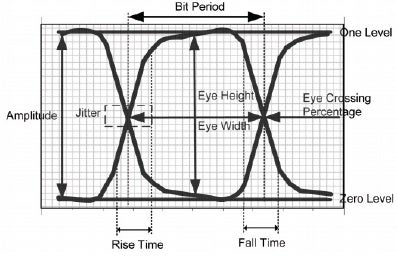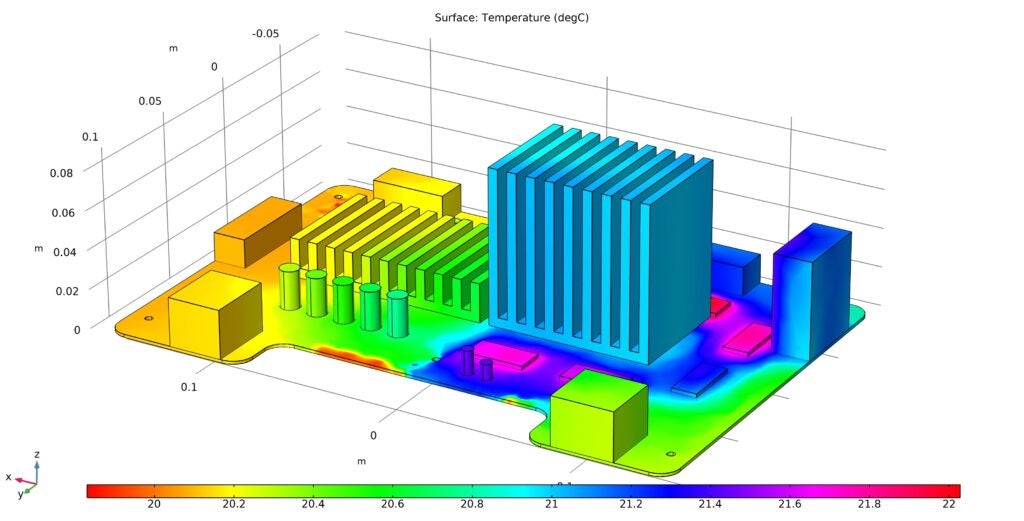On Tuesday, May 3rd, Cadence Design Systems, Inc. announced new capabilities for OrCAD® 17.2-2016 which addresses challenges with flex and rigid-flex design as well as mixed-signal simulation complexities in IoT, wearables, and wireless mobile devices. This latest release reduces PCB development time by addressing the need to design reliable circuits for smaller, more compact devices.
The timing could not be better. According to a recent article by PCD&F, the global flexible electronics market will more than quadruple over the next nine years. The article states recent studies predict that with the increasing demand for wearable, compact, and light-weight electronic devices, sales will increase to an estimated $87.3 billion by 2024.
“OrCAD continues to be the clear choice for new and existing companies designing IoT, wearable and mobile products,” said Dirk Müller, CEO, FlowCAD EDA-Software Vertriebs GmbH. “The new flex and rigid-flex capabilities will allow designers to create faster and smarter products in a timely and cost-effective manner.”
This OrCAD portfolio includes:
- Advanced Rigid-Flex Design Support
- Industry Leading Routing Technologies
- New Design Verification and Checking
- Unique System Level Analysis Capabilities
To enable a faster and more efficient flex and rigid-flex design creation critical to IoT, wearables, and wireless devices, the OrCAD portfolio uses a new multi-stack-up database capability and extensive in-design inter-layer checks, which helps users avoid errors introduced through manual checking. The OrCAD portfolio also features enhancements targeted towards improving PCB editors’ productivity and ease-of-use in padstack editing, constraint management, shape editing and in-design DRCs. To address efficiency needs, the portfolio includes an advanced design differencing engine that enables design review with global teams using state of art visuals. Finally, to give designers more control over their design component annotation process, advanced annotation and auto-referencing capabilities are now available.
For more information on the OrCAD 17.2-2016 release click here.











